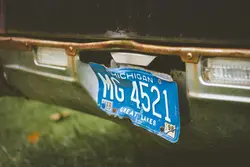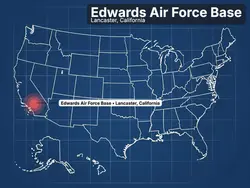On the Road Again: How to Register Your Car and Get a New License After a PCS

Navigating the Department of Motor Vehicles (DMV) is rarely fun, but it's a necessary part of settling into a new state. Here’s what you need to know.
The Big Question: Do You Have to Change Anything?
Thanks to the Servicemembers Civil Relief Act (SCRA), you may not have to. The SCRA allows active-duty service members to maintain their vehicle registration and driver's license from their home of record (the state where they entered the military), regardless of where they are stationed.
- This means: If your car is registered in Texas and you get stationed in Virginia, you can legally continue to drive on your Texas plates and with your Texas license for the duration of your time there. This can save you a lot of money in registration fees, especially if you are moving from a low-tax state to a high-tax one.
When You Should Change Your Registration
Sometimes it makes more sense to register your car in your new state.
- State Requirements: Some states have specific requirements (like safety or emissions inspections) that you must comply with, even if your car is registered elsewhere.
- Car Insurance: Your insurance rates are based on where the car is garaged. You must notify your insurance company of your new address. Sometimes, having your car registered in the same state can simplify your insurance.
- Convenience: It can simply be easier to have a local license and registration for things like proving residency.
The Process for Registering in a New State
If you decide to switch, here’s the general process (check your new state's DMV website for exact requirements):
- Get New Car Insurance: You will need proof of insurance that meets the new state's minimum coverage requirements.
- Complete Inspections: Your new state may require a safety inspection, emissions test, or both before you can register.
- Gather Your Documents: You will typically need:
- Your current vehicle title and registration.
- Your driver's license.
- Proof of your new address (like a utility bill).
- Your military ID and a copy of your PCS orders.
- Visit the DMV: Head to your local DMV or county clerk's office to complete the paperwork, pay the fees, and get your new plates and registration.
Pro-Tip: Always ask the DMV clerk about military exemptions. Some states waive certain fees or taxes for active-duty members.
Ready for your next move?
Our PCS Hub has checklists, base guides, and all the tools you need for a successful relocation.
Explore the PCS Hub



